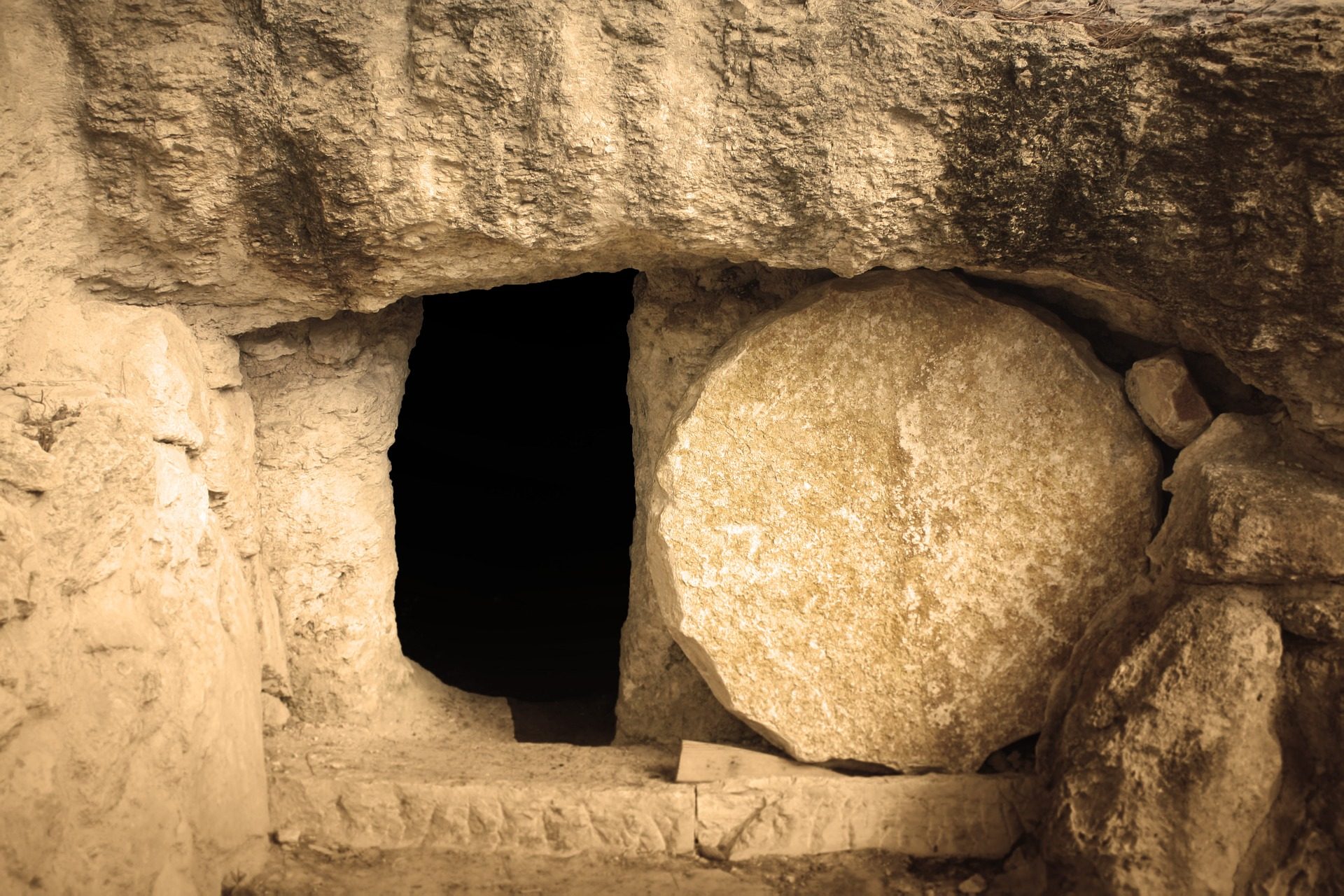

Several years ago I heard a scholar make an interesting observation. He said, “If a person is searching for spiritual truth, he should start his search with Christianity, because it is the only falsifiable world religion.” In essence he was saying that the validity of the Christian faith depends on a historical event: Jesus’ resurrection. If the resurrection actually occurred, then it would validate the claims of Jesus. On the other hand, if He did not rise from the dead, it is false. It’s a sham, and one should, therefore, begin to look elsewhere in the search. Dr. Gary Habermas, a historian and philosopher of religion who is not only a prolific author but also one of the foremost experts on the resurrection of Christ, has engineered the most comprehensive investigation ever performed on what modern scholars believe about the resurrection. Habermas and a team of researchers collected more than 1,400 of the most scholarly works on the resurrection written from 1975 to 2003. They included in their study only the works that were most up-to-date. Habermas says that the works they studied come from across the ideological spectrum, from “ultra-liberals to Bible-thumping conservatives.” He and his team collected the research and documented only the facts on which
all
of the scholars could agree. And this is what these scholars agree took place:
Agreement One:
Jesus died by Roman crucifixion.
Agreement Two:
Jesus was buried, most likely in a private tomb.
Agreement Three:
Soon afterwards the disciples were discouraged, bereaved and despondent.
Agreement Four:
Jesus’ tomb was found empty very soon after his interment.
Agreement Five:
The disciples had experiences that they believed were actual appearances of the risen Jesus.
Agreement Six:
Due to these experiences, the disciples’ lives were thoroughly transformed. They were willing to die for their belief.
Agreement Seven:
The proclamation of the resurrection took place very close to the beginning of Church history.
Agreement Eight:
The disciples’ public testimony and preaching of the resurrection took place in Jerusalem where Jesus had been crucified, and the declarations began very shortly thereafter.
Agreement Nine:
The gospel message centered on the preaching of the death and resurrection of Jesus.
Agreement Ten:
Sunday was the primary day for gathering and worshipping.
Agreement Eleven:
James, the brother of Jesus, and a skeptic before this time, was converted because of believing that he saw the risen Jesus.
Agreement Twelve:
A few years later, the former Saul of Tarsus, later called Paul, became a believer due also to the experience in which he believed that he saw an appearance of the risen Christ. As you consider this list of conclusions on which the scholars agree, number five is of particular importance. Habermas and the researchers agree that the disciples had experiences “they believed were actual appearances of the risen Jesus.” Notice their research did not conclude that Jesus had risen from the dead. This is because some scholars did not believe the resurrection to be a historical fact. This is not surprising. However, all 1,400 of the scholarly works did agree, at a minimum, that “the disciples had experiences they believed were actual appearances of the risen Christ.” Therefore, those who did not believe that Jesus had risen from the dead could conclude only that the disciples were hallucinating or that they were lying. Keep this in mind as we examine agreements four and six in the list. Historical fact number four states that Jesus’ tomb was found empty. All agree there was a missing body, and if Jesus did not rise from the dead, then one could only conclude that someone must have stolen the body. They also agree on fact number six – the disciples’ lives were thoroughly transformed, so much so that they were even willing to die for their belief. So, there is an empty tomb and the disciples’ lives were transformed radically. If these are considered historical facts, how does one account for them? In relation to the empty tomb, if Jesus’ body had been stolen, scholars agree that there are three groups of people who most likely would have been motivated to steal it: the Romans, the Jewish authorities, or the disciples. The problem with the list is that the Romans and Jewish authorities are not plausible suspects. Once the resurrection was being proclaimed throughout Jerusalem, all they would have had to do in order to evaporate the claims of the Christians is to produce the body. Had they done so, Christianity would have died a quick death. As the famous British historian Arnold Toynbee said, “If they only could have found the body of that Jew (referring to Jesus), Christianity would have crumbled into ruins.” So then we are left with the disciples. Could they have stolen the body, disposed of it, and then spent the rest of their lives propagating a lie, particularly when the heart of their message was to be committed to proclaiming the truth? Does anyone believe that these men who were discouraged, defeated, and who feared for their lives, would steal Jesus’ body and then proceed to preach the resurrection to hostile crowds? To what end? What would motivate them to undertake such a plan and carry it out? Why face prison, torture, and
death, all while knowing that Jesus’ dead body lay hidden away? I am amazed at the number of skeptics who, having set out to disprove the resurrection, change their minds because of the compelling evidence that contradicts their initial positions. In fact, in 2005
Newsweek
ran an article on the historical evidence of the resurrection. To the surprise of many of its readers,
Newsweek’s
editors declared that the resurrection, in all probability, was an actual, historical event. The primary reason for their collective conclusion is that there is no other reasonable, historical explanation for the birth of the early church. Christ had to have risen in order for the church to have grown and flourished as it did. Though many have tried, no one has been able to explain it away. Therefore, if you do not believe the resurrection took place, do you have a good, historically sound explanation? The burden of proof is on you.

Add grace and understanding to your day with words from Richard E. Simmons III in your inbox. Sign-up for weekly email with the latest blog post, podcast, and quote.

For local orders in the Birmingham, AL area, enter Promo Code LOCAL at checkout to save shipping. We will email you when your order is ready for pickup.
Bulk discounts for 25 or more books! Call 205-789-3471 for prices.